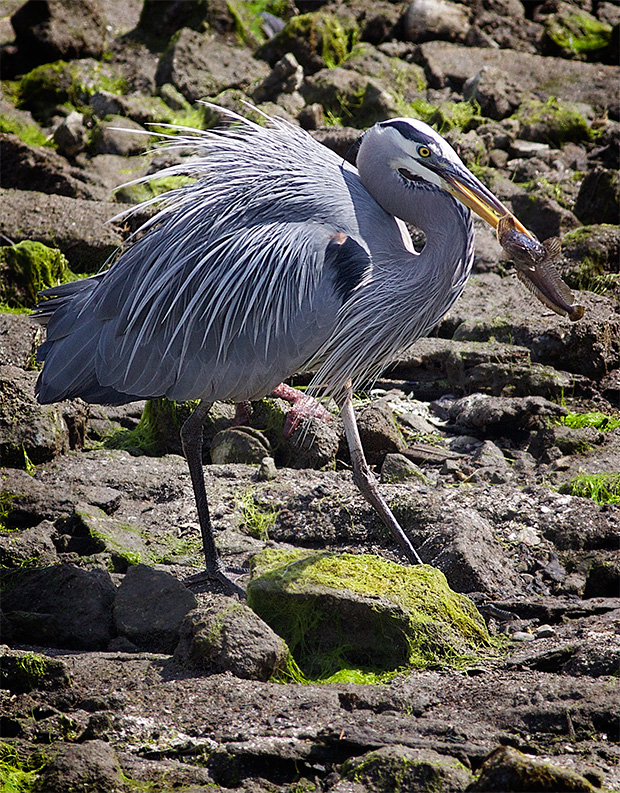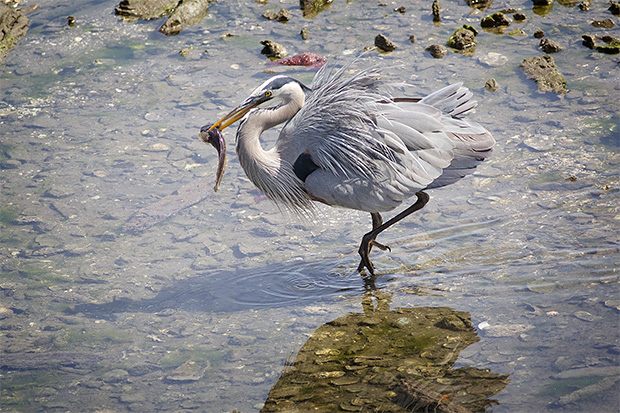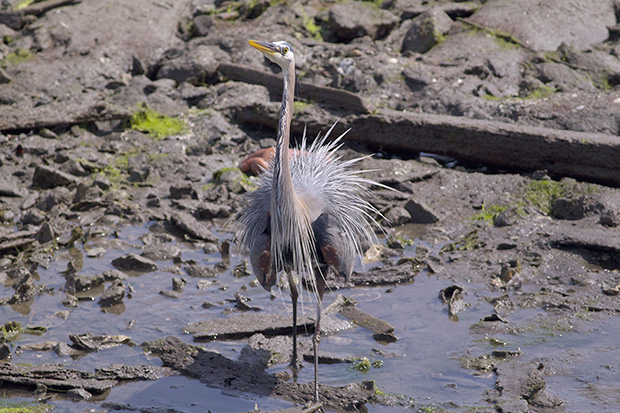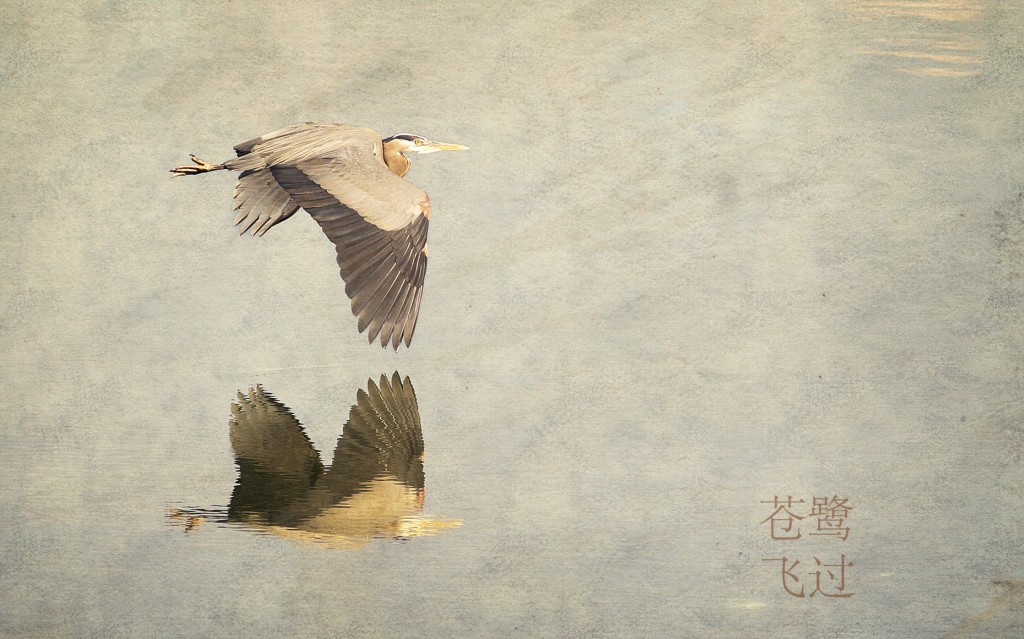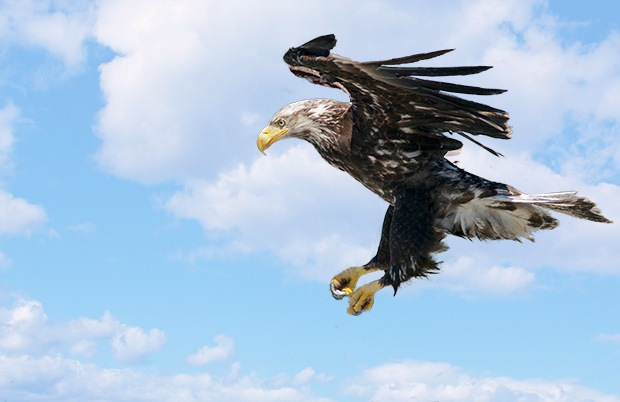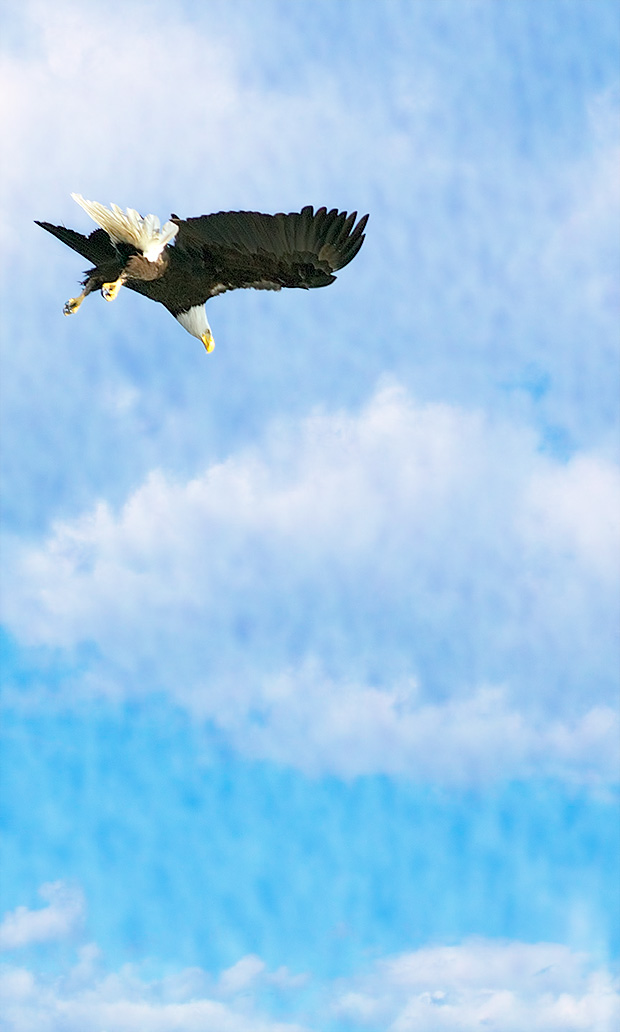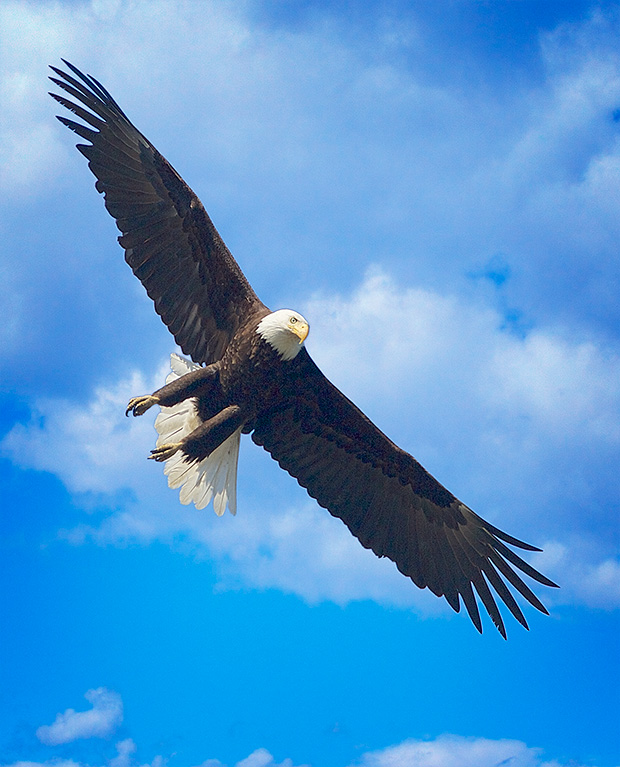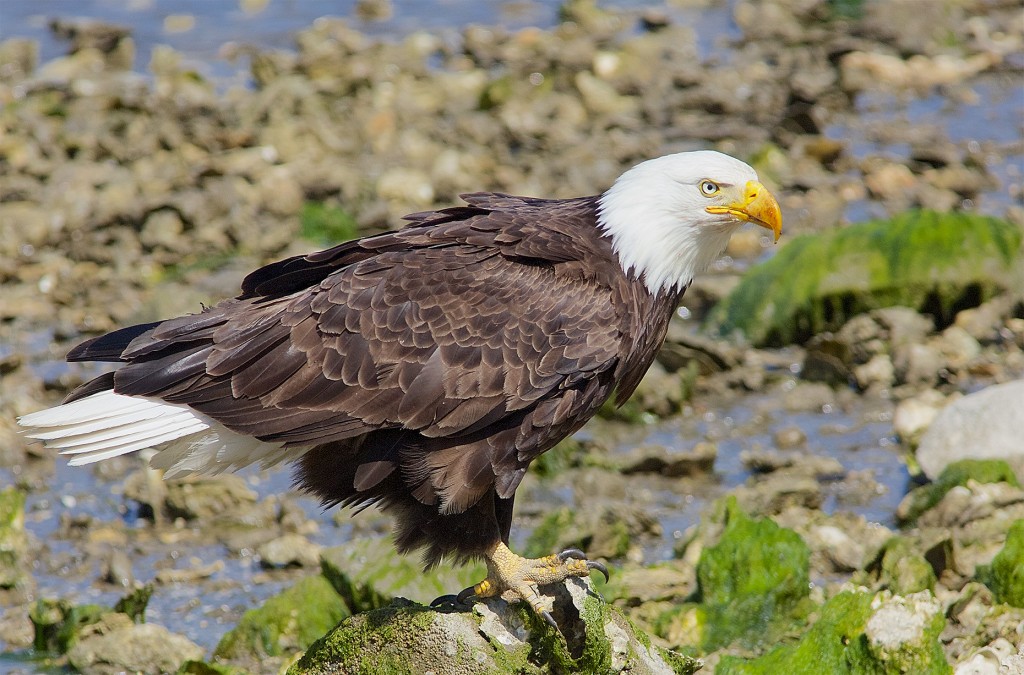After my last quick trip to Seabeck I headed out to Oregon’s Malheur National Wildlife Refuge and Utah’s Great Bear Migratory Bird Refuge. I hoped to see birds I hadn’t seen on my last trip to Malheur and to see Avocet chicks in Great Bear. Things didn’t turn out exactly as I’d hoped, but I had a great week anyway, as I always do. In fact, I’m already looking forward to repeating these two trips.
I had only reached Burns when I noticed these birds flying over a mosquito-infested pond. I found a semi-safe spot to pull over beside the road and spent the next hour trying to capture shots of this unknown bird.
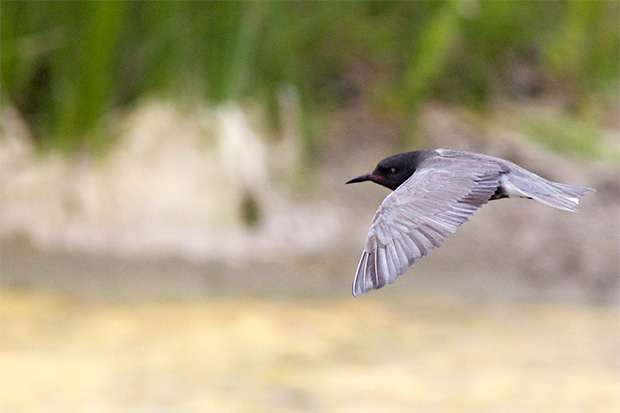
Even before I could positively identify them I figured they had to be a tern, though I never once heard the raucous call I identify with terns I see in our areas. Still the V-shaped wings seemed pretty indicative of a tern.
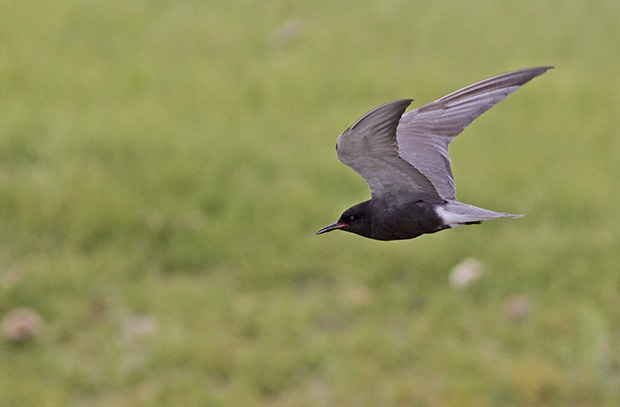
And the long tail on a few of the birds is definitely typical of terns.
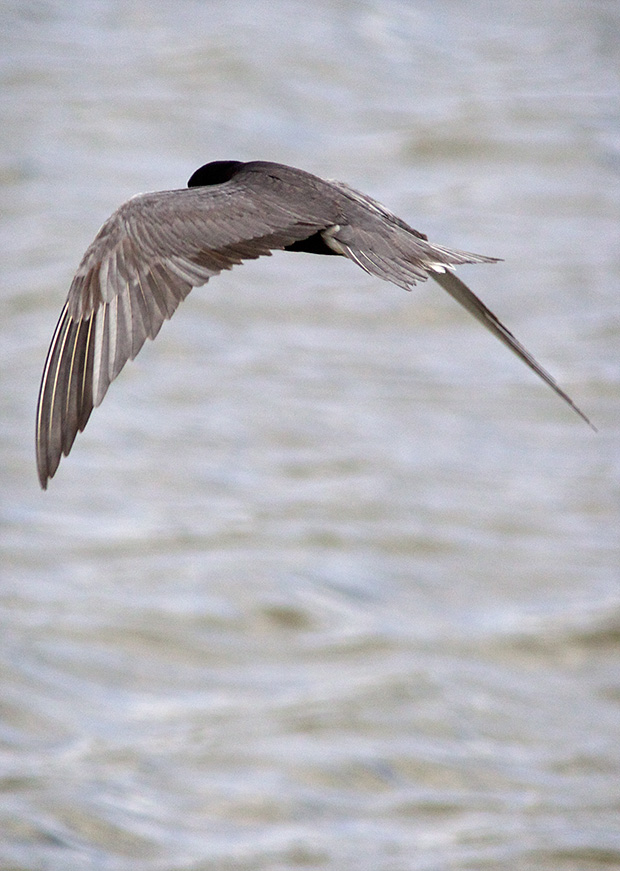
What was confusing, though, is that not all the birds had those long tails, even though they were all obviously the same species.
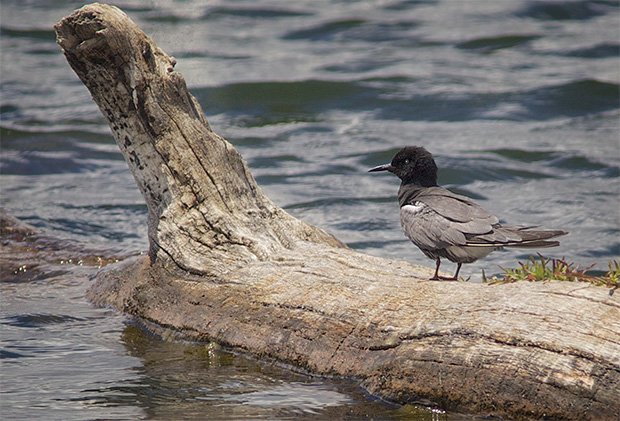
I finally found out that they were Black Terns two days later when I stopped at the visitors’ center before leaving for Utah. Apparently Black Terns nest in freshwater wetlands, both in eastern Oregon and eastern Washington, though I’ve never noticed them before. These terns were in breeding plumage.
Sometimes it seems the more I learn the dumber I get.

